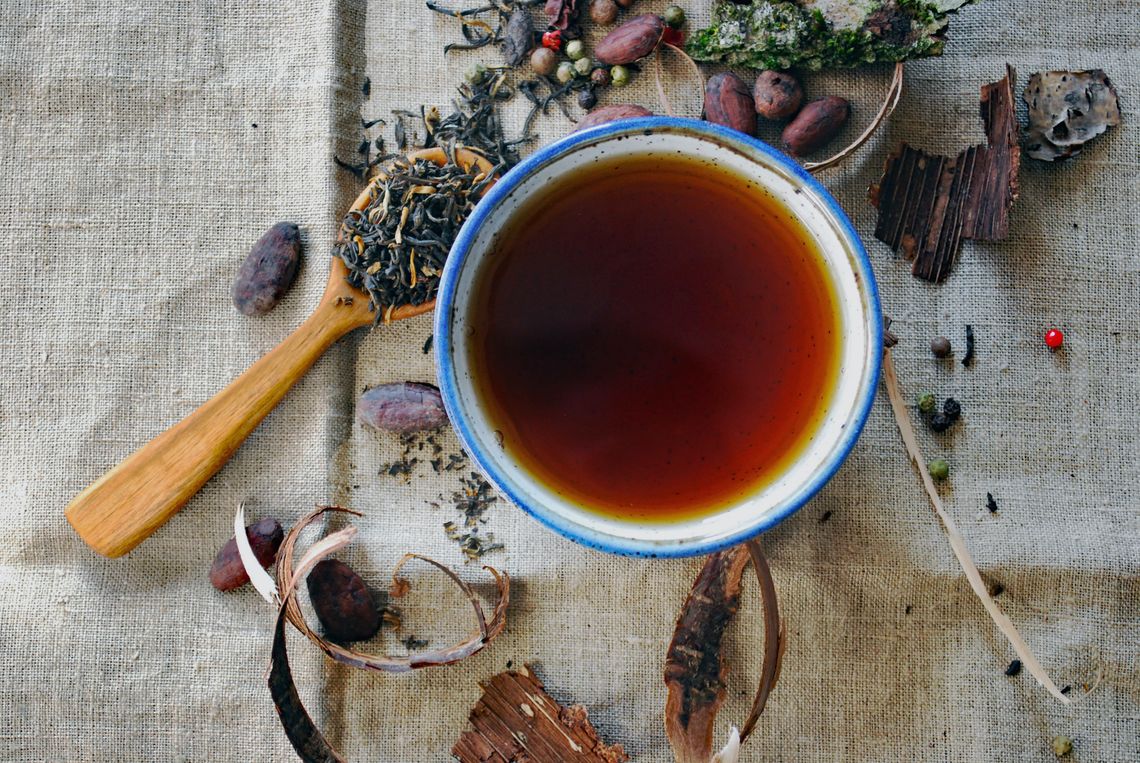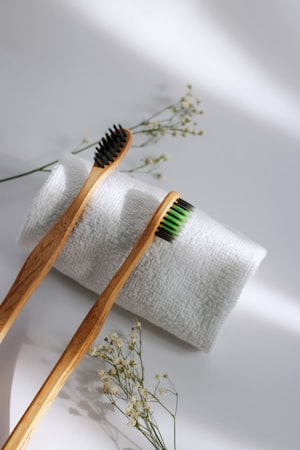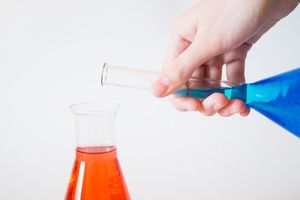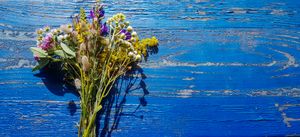
Teatimewhit a Painter
A little introduction
Since I drink a lot of tea to keep myself hydrated during my painting sessions and I love tea, I will try to bring as much information as possible about this subject in my works.
The elaboration of this work is based on practical considerations. In this regard, an attempt is made to make available to interested parties a wide range of phytotherapeutic products in the simplest form of preparation and administration: infusions, decoctions, macerates, syrups, and simple hydroalcoholic solutions. All these pharmaceutical forms can be obtained with simple laboratory equipment. Following the instructions given, they can be prepared in any household.
At present, after half a century of the dizzying rise of laboratory-synthesized drugs, in numerous developed countries, there is a marked tendency to reconsider biotherapy, i.e. the use of products synthesized by living cells for therapeutic purposes. This fact is not accidental. It is determined by two main factors. Firstly, it has been found that intolerance, side effects, or even medication accidents are much lower in the case of natural product therapy, and their bioavailability for the organism is much higher than that of chemotherapy remedies. Secondly, bioenergy synthesis, in the case of unicellular beings, for natural elaboration, mainly uses solar energy or rare active principles, which is much more economical both in terms of energy consumption and investments in costly laboratory or industrial installations and equipment. It is enough to mention that out of several thousand synthesized chemical structures, only one or two have a chance to become a pharmaceutical product.
The use of medicinal plants, as one of the oldest remedies known to man, has enriched its content.
Today, MODERN PHYTOTHERAPY (including aromatherapy) in the broad sense of this notion is the treatment of patients with the help of pharmaceutical products obtained from lower or higher plants. Based on the development of phytochemistry, biochemistry, pharmacodynamics, and modern pharmaceutical techniques, phytotherapy is today a new branch of medicine in full development and ascent. This fact explains the large number of pharmaceutical products that have plants or active principles elaborated by the plant cell in their formula. We will only mention a few of the most common Romanian pharmaceutical products that have active plant substances in their formula: Codamin, Codenal, Cofedol, Cortelar, Digitalin, Digoxin, Distonocalm, Ergomet, Extraveral, Fasconal, Fobenal, Hipazin, Hiposerpil, Lizadon, Nervocalm, Raunevril, Renogal, Rutozid, Scobutil, Sirogal, Tusomag, Ulcerotrat, etc.
From the beginning, it is necessary to clarify that herbal medicine does not exclude chemotherapy or other therapeutic procedures. Just as there are excellent chemotherapeutic drugs - the result of human intelligence and effort - there are also wonderful natural remedies developed by living cells.
Modern therapy has become an interdisciplinary science today. It involves a close collaboration between the doctor, pharmacist, chemist, physicist, biologist, mathematician, psychologist, engineer, or technologist, with a single goal: to find and apply the most suitable remedy for the patient.
With modern investigation procedures and equipment, complex and specialized knowledge, and efficient pharmaceutical products, the doctor plays the main role in selecting the main and auxiliary therapeutic remedies.
Herbal medicine should not be understood as an exclusive practice. Alongside it, there are currently good and verified chemotherapeutic products that can be associated with animal or opotherapeutic products, bee products, trace elements, enzymes, hormones, etc.
In my opinion, only through collaboration between chemotherapy, herbal medicine, organotherapy, ionotherapy, physiotherapy, psychotherapy, dietary hygiene, etc., can we achieve effective therapeutic results. Regarding herbal medicine, it is necessary to emphasize the following important aspects:
- There is no universal panacea, a remedy that can cure all diseases. Despite their complexity, herbal products have a principal action and therefore major efficiency for a specific condition.
- Herbal medicine should not be resorted to as a last hope after chemotherapy and all other therapeutic methods have been exhausted.
- Herbal medicine should not be used when effective, verified, non-toxic, and easily assimilable synthetic chemotherapeutic products exist.
- Herbal medicine should be based on the indications of specialists in this field, as it requires complex knowledge and superior training, like any other branch of science and practice.
- Herbal medicine, addressing largely chronic patients, requires long-term, well-managed treatment while also adhering to other medical indications.
By abandoning old empirical practices and advice received from unskilled persons, we must use the most accurate information resulting from the positive outcomes achieved in recent decades by the oldest, but at the same time the newest branch of modern therapy: herbal medicine.
Until now, only a small part of the multitude of data accumulated over millennia by different peoples regarding the use of medicinal plants has been partially studied. Today, this data is subjected to rigorous scientific control and returned to therapy. Modern herbal medicine is still in its infancy in this aspect. Using the achievements of natural sciences, modern techniques, analytical, microbiological control methodologies, molecular biochemistry, pharmacodynamics, and modern clinical investigation methods, herbal medicine is achieving significant success day by day in preventing or treating numerous conditions. Far from claiming to provide even the alphabet of herbal medicine in this work, we will present some of the main species of plants or plant mixtures from our country that can be used in the simplest form of processing raw materials and administration, available to anyone. Most plants or mixtures of plants known as medicinal teas are administered to patients as an infusion or decoction as an adjunct to the basic treatment prescribed by the doctor.
The index of species has been selected in this work based on availability in the distribution network, i.e., in pharmacies and specialized health food stores. At the same time, I suggest to readers that they can obtain some plants directly from the field during holidays, vacations, and weekend trips. There are numerous specialized works for recognizing medicinal plants. However, in case of the slightest doubt regarding the botanical identity of a particular plant, it is necessary to seek advice from specialists. In the wild flora, there are numerous species of toxic plants that can cause accidents. On the other hand, some species similar to medicinal plants lack the active substances needed to combat certain conditions.
Harvesting medicinal plants from the wild offers numerous advantages: physical activity, enrichment of knowledge, and exploitation of local resources.
It is essential to note that the effectiveness of medicinal plants depends on their quality and purity, the period of harvesting, the method of drying and preservation, and their age. It is recommended to dry and preserve whole plants in small bundles and to fragment them only before preparing the medicinal tea. This prevents certain chemical transformations, oxidation, loss of volatile oils, or other active substances. With the exception of several species (Crataegus, Gypsophila root, plants containing tannins, Althaea root), most medicinal plants must be renewed every 1-2 years. Numerous species kept for several years reduce their therapeutic efficacy by up to 80%.
Regarding the processing of raw materials into a plant-based pharmaceutical product, the result of a simple or complex production process, some basic knowledge is also required, which will be presented briefly in the general part of the work.
Since the post is primarily aimed at a wide audience, the use of plants that could lead to harmful effects through overdose has been avoided.
In the hope that the guidance for the use of medicinal plants will achieve its purpose, we remain receptive to the suggestions received from those who will use them so that a possible new edition can be more complete.



